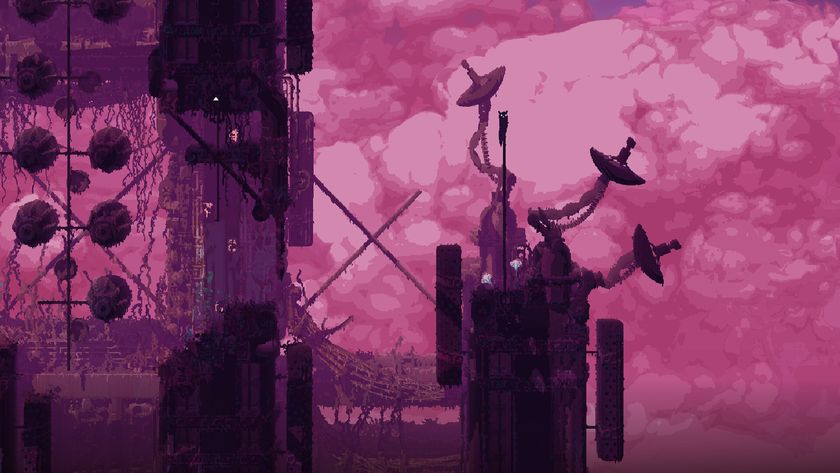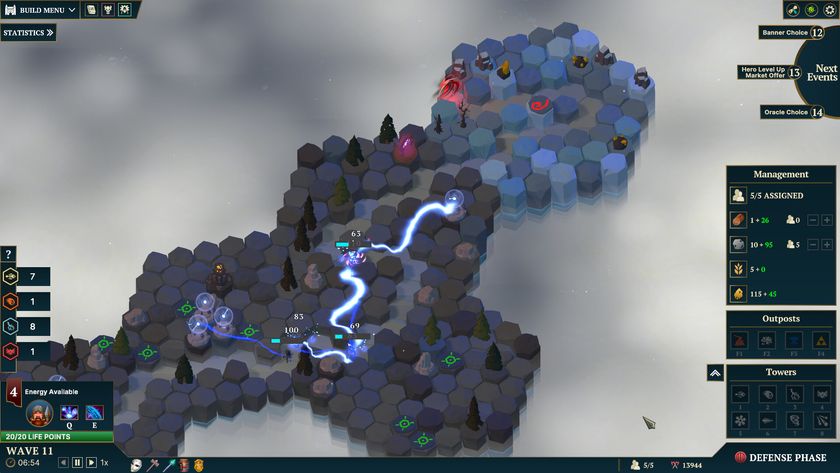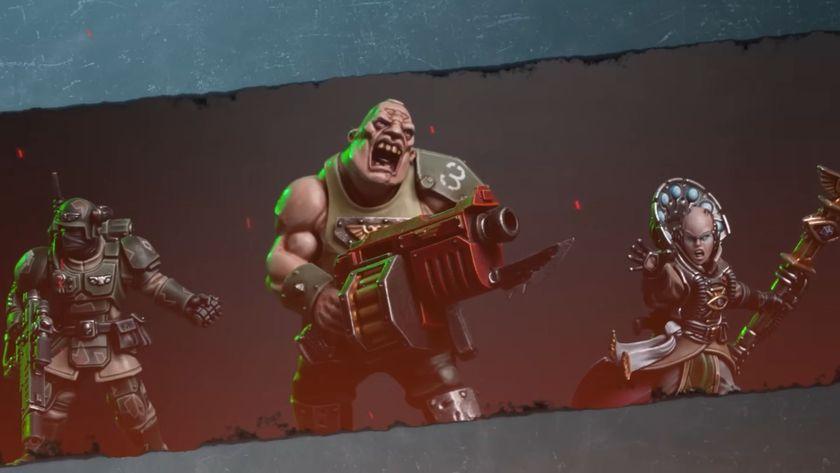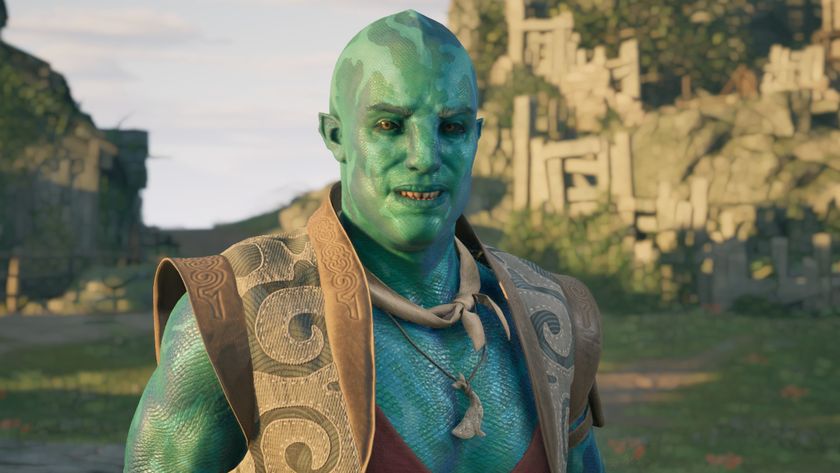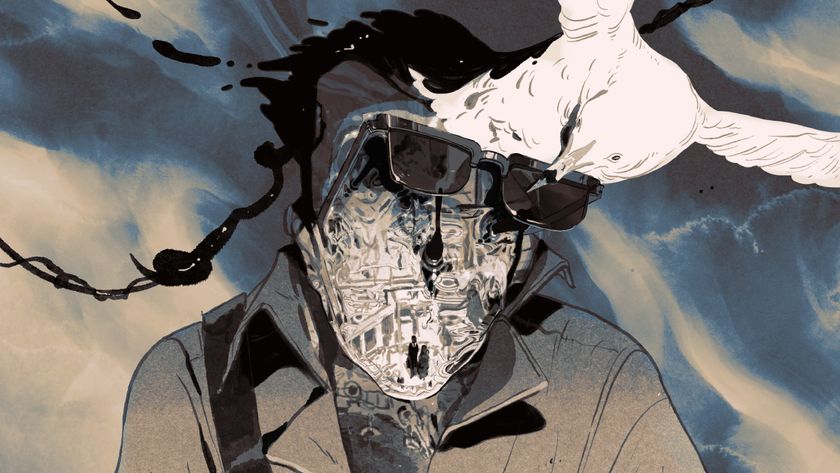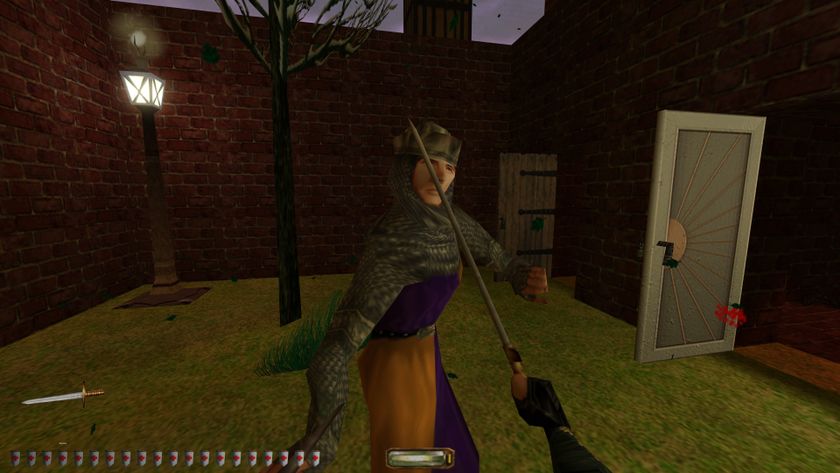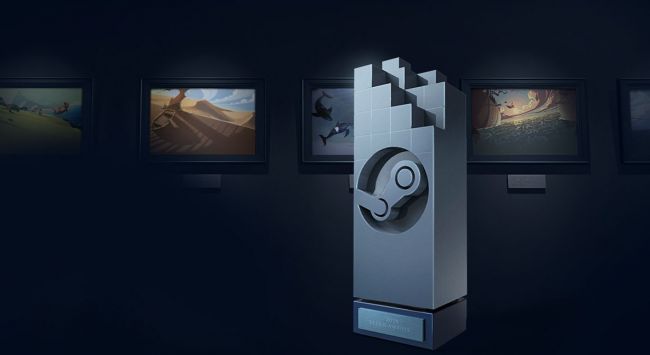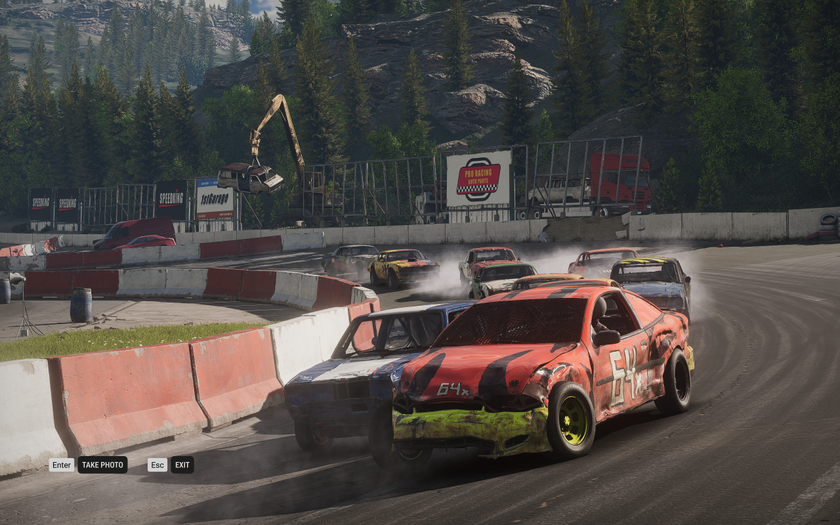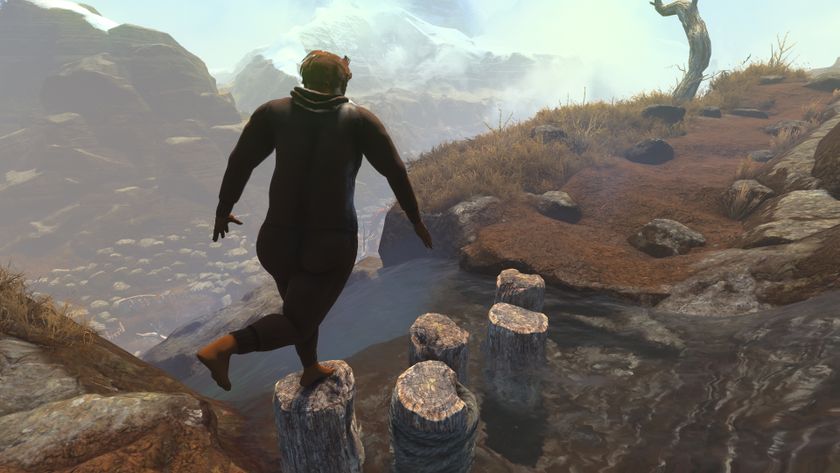The most ambitious PC games
These games strained against the technical and design limitations of PC gaming and did something that had never been done before.
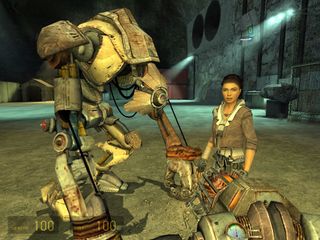
Half-Life 2 (2004)
In a way, Half-Life 2’s most ambitious part isn’t even in the game. Valve had an idea for a new store, called ‘Steam’. You might have heard of it. Half-Life 2 was, if not its Trojan horse, then its vanguard. You wanted to play the best FPS ever made at the time? Then you got it through Steam. And that worked out pretty well.
Even if you ignore Steam, Half-Life 2 reinvented the shooter with its focus on physics, with every chapter introducing new mechanics and new exciting concepts like the gravity gun or playing point-defense with turrets. It also created a continuous world like no other, putting the final nail into the coffin of games that didn’t prize a sense of presence as well as place in their shooter campaigns. Much copied, but still rarely bettered, Half-Life 2 set out to be both the best shooter around, and its next great leap forwards.
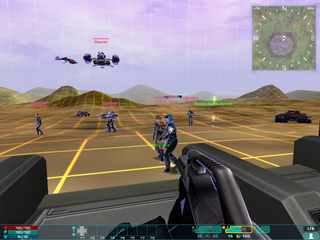
Planetside (2003)
Some games just shouldn’t be possible. Even knowing the technology that powers them, the epic battles of the Planetside series have always had a degree of magic to them. For the handful of players lucky enough to have a system and connection that could handle it, heading out into one of Planetside’s huge battles is a defining moment in games. For the rest, it says a lot that it still felt just as impressive when Planetside 2 rolled along only a couple of years ago. 5v5? 12v12? That’s all well and good. But an explosive, expanding, all-access battlefield where the war never stops? That’s military action with a little sorcery mixed into the formula, even today.
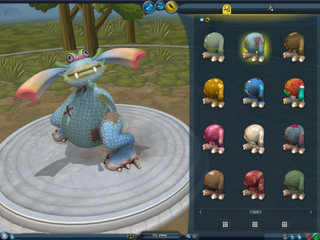
Spore (2008)
It failed. Yes, we know. It failed. But this is ambitious games we’re talking about, and few games shot higher than Spore. Leading a tiny organism through every stage of life. Constructing it using the surprisingly powerful and fun editor. Sending it out to meet other players’ aliens in a great throbbing galaxy full of freshly created life. That may have been the point where the charm ran out, but the open-ended action and procedural generation and early focus on user generated content that led up to that point still stands out as a technological, if not gaming success.

Crysis (2007)
"But can it run Crysis?" was a relevant joke among PC gamers for at least three years for good reason: well after 2007, Crytek's shooter could still bring CPUs and graphics cards to their knees. Crysis took Half-Life 2's early use of physics and applied it to a dense, free-roaming world. Being able to shoot a tree, watch it fall over, and then shoot the trunk into smaller pieces was revelatory—players gladly gave up framerate in favor of insane graphics and physics processing. Cutting edge AI and the systems-driven sandbox gave Crysis the depth to match its insane graphics, and no shooter since has managed quite the same combination of wow and substance.
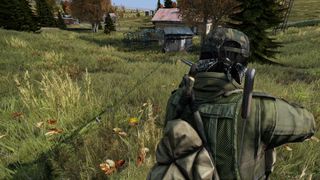
DayZ (2012)
From its beginnings as a popular mod, DayZ spawned one of the most popular genres in gaming today. The framework for this multiplayer zombie survival game was Arma 2, up until that point one of the most ambitious simulation games and a bastion for fidelity and scale on PC. DayZ built upon Arma 2’s ambition, borrowing and later adapting its 225 km2 terrain, Chernarus, which was created from satellite-modeled slices of the Czech Republic.
The month that DayZ caught on, creator Dean Hall was already laying out incredible plans about features he wanted to add, as he told us in an interview. Underground structures. Dog companions. Realistic disease systems. A couple months later we were hearing about destructible terrain and player cities. Part of Hall’s stated approach was to experiment with big, “bad” ideas, but the reality of implementing them quickly in Arma’s Real Virtuality engine for DayZ proved to be a massive challenge.
The biggest gaming news, reviews and hardware deals
Keep up to date with the most important stories and the best deals, as picked by the PC Gamer team.
Outside of these early technical roadblocks, as a multiplayer game DayZ was uniquely trusting. The systems that DayZ inherited from Arma granted it some depth, and being dropped into a massive, hostile environment with no instruction empowered players to tell their own stories, often through surprising, weird interactions with other survivors.
Our 2012 mod of the year remains in Early Access after arriving on Steam as a standalone game on December 2013.
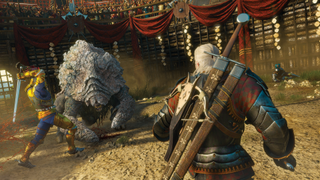
The Witcher 3: Wild Hunt (2015)
It’s amazing to think that in just three games, CD Projekt Red has gone from unknown studio to absolute top-tier RPG developer. The Witcher 3 is their masterpiece, from the hand-crafted world to the sheer number of characters and plots. It’s a game that excels on every level, from scripting subtle enough for a character to break off combat when they hear your name, to the global nature of some of the most amazing graphics and scenery in any PC game ever, and the sheer artistry of just about every major quest or aside. You never know what’s coming next, from the teary humanity of the Bloody Baron’s agonising storyline, to a gaggle of Witchers drinking too much, dressing up in drag, and drunk-dialling wizards across the whole continent.

Star Citizen (20XX?)
No, it’s not out yet. It doesn’t matter. Chris Roberts’ play to create the ultimate space game already qualifies. Elite style action combined with a dedicated, AAA Wing Commander-style campaign starring Mark Hamill. First person action aboard ships. Deep space exploration. A persistent universe allowing for company, or the solitude of the stars. A crowd-funded budget of $117,259,371 and counting, with players happily putting down real money for in-game ships and unlocking features like pets and modular ship designs and new AI characters to scatter around on planetside environments. If it’s not the greatest game ever, expect literal, physical riots.
